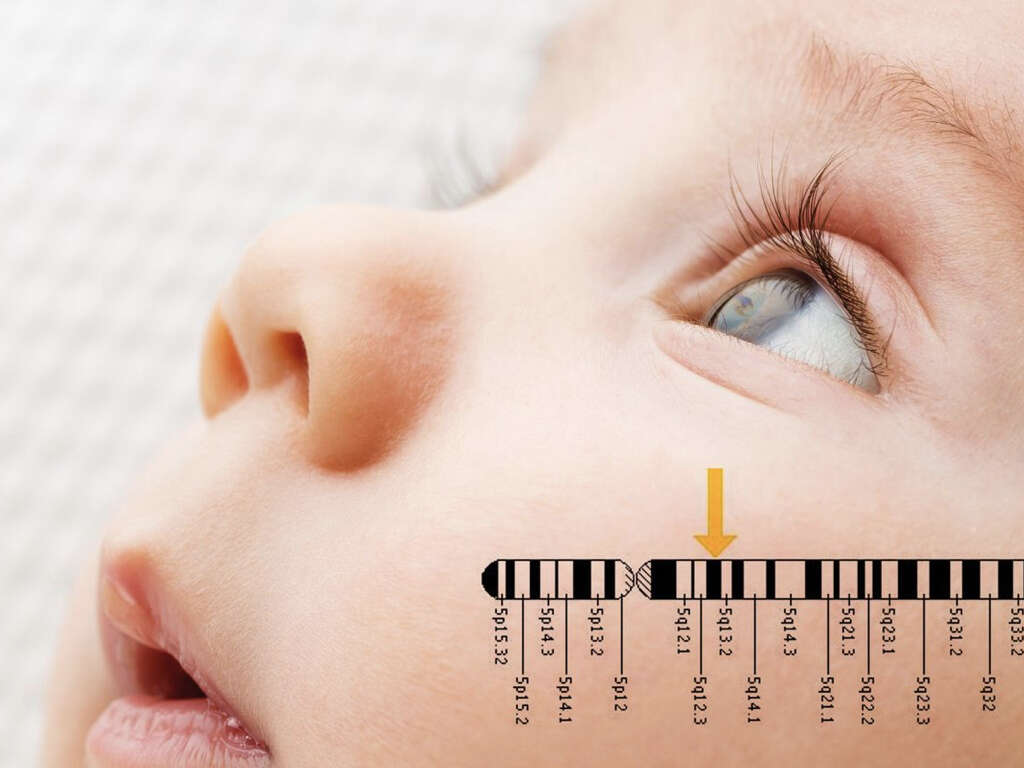What Is Rett Syndrome?
It is estimated that people have somewhere between 20,000 and 25,000 genes, with two copies of each one. With so much information being shared at the point of conception, it is inevitable that there will be errors occasionally. In fact, errors are common, but some of these errors can have a significant negative impact on the patient’s life.
Rett syndrome is a condition that is caused when there is a disorder with a particular gene. The disorder is usually random, meaning it could happen in any pregnancy, but such cases are thankfully rare. There is no known cure, but treatment for the condition can help to improve the patient’s life.

1. Rett Syndrome
Rett syndrome is a condition that affects how the brain develops. Most patients will show no symptoms until they are up to around 18 months old, and then problems will begin to develop. The disease causes the patient to gradually lose their motor skills, and speech.
The condition is found mostly in girls and it will cause a number of symptoms that can have a considerable impact on the patient’s quality of life. The disease cannot be cured, but treatment is available that can help to lessen the impact of the symptoms on the patient. The average life expectancy of girls with the condition is mid-40s.
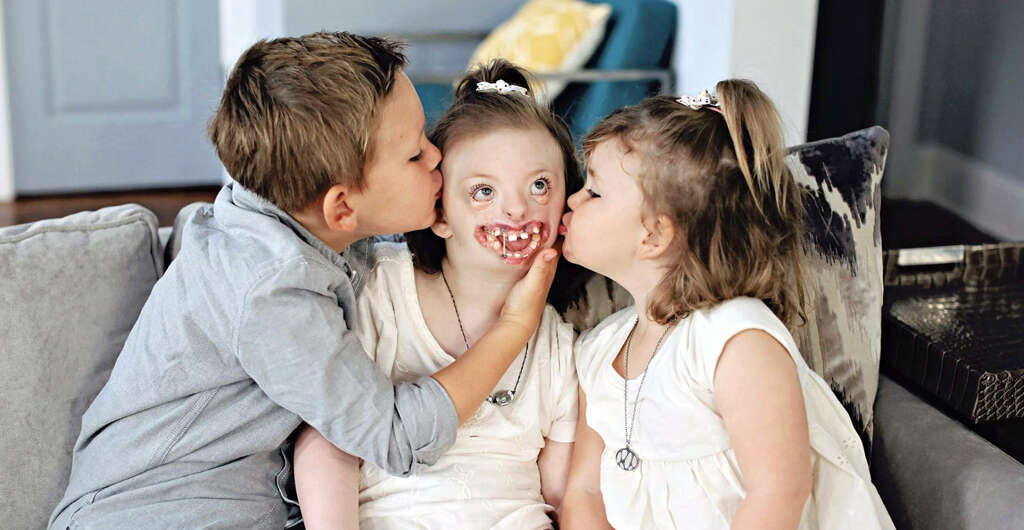
2. Rett Syndrome In Boys
While Rett syndrome is more common in girls, it can be considerably more severe in boys who have it. Indeed, the majority of boys with the condition will not make it to birth and, of those who do, most will die very young. However, a small percentage of boys will have a milder version of the condition with less severe symptoms.
Of those boys that do have the less severe form, they are likely to live well into adulthood. However, they are still likely to have the same symptoms that girls with the condition do. The differences in boys and girls with the condition are down to females having different chromosome combinations than males.

3. Causes
The exact cause of Rett syndrome is not at all well understood, although we do know it is a type of genetic disorder. More specifically, it is a disorder that is usually located in the MECP2 gene. There are several variants of Rett syndrome, and which variant the patient has will depend on the specific gene affected.
Rett syndrome is inherited in only a small percentage of cases. In the other cases, the mutation of the gene appears to be completely random. It is not understood why, but it appears as though the mutation interferes with the production of certain proteins that are essential for the development of the brain.
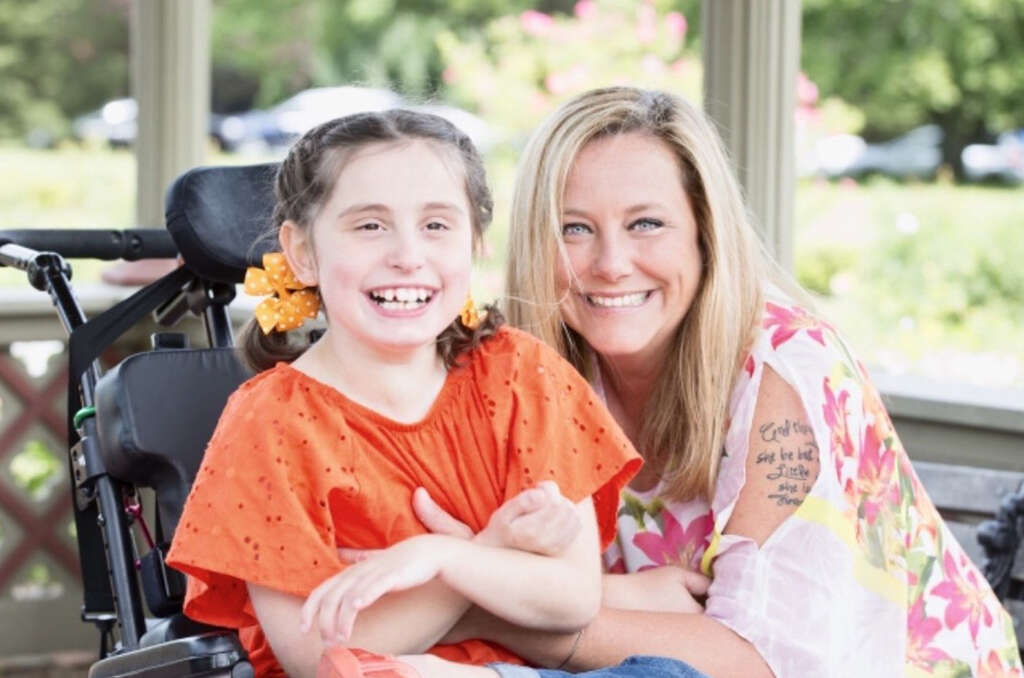
4. Stage 1
Rett syndrome develops in 4 main stages. The first of these, stage 1, is known as early onset. During this first stage, the symptoms of the condition are mild to the point where they will often go unnoticed. This stage will usually not start until 18 months at the most, and it can last for months, or even up to a year.
The patient might not be sitting or crawling as other children of the same age will be. However this, if noticed, will often be put down to some babies developing faster than others. The patient may also show less interest in playing with their toys, and they may also start making less eye contact.

5. Stage 2
The next stage, stage 2, is also known as the rapid deterioration stage. This stage will usually start between the ages of 1 and 4 years old, and it can occur over weeks or months. When the patient enters this stage, they can start to lose any skills and abilities that they had already learned.
The patient will also start showing some of the typical symptoms of Rett Syndrome, and the condition is more likely to be noticed now if it has not been noticed already. The patient may also be socializing and interacting less than they usually would, and they can start crying and screaming for no apparent reason.
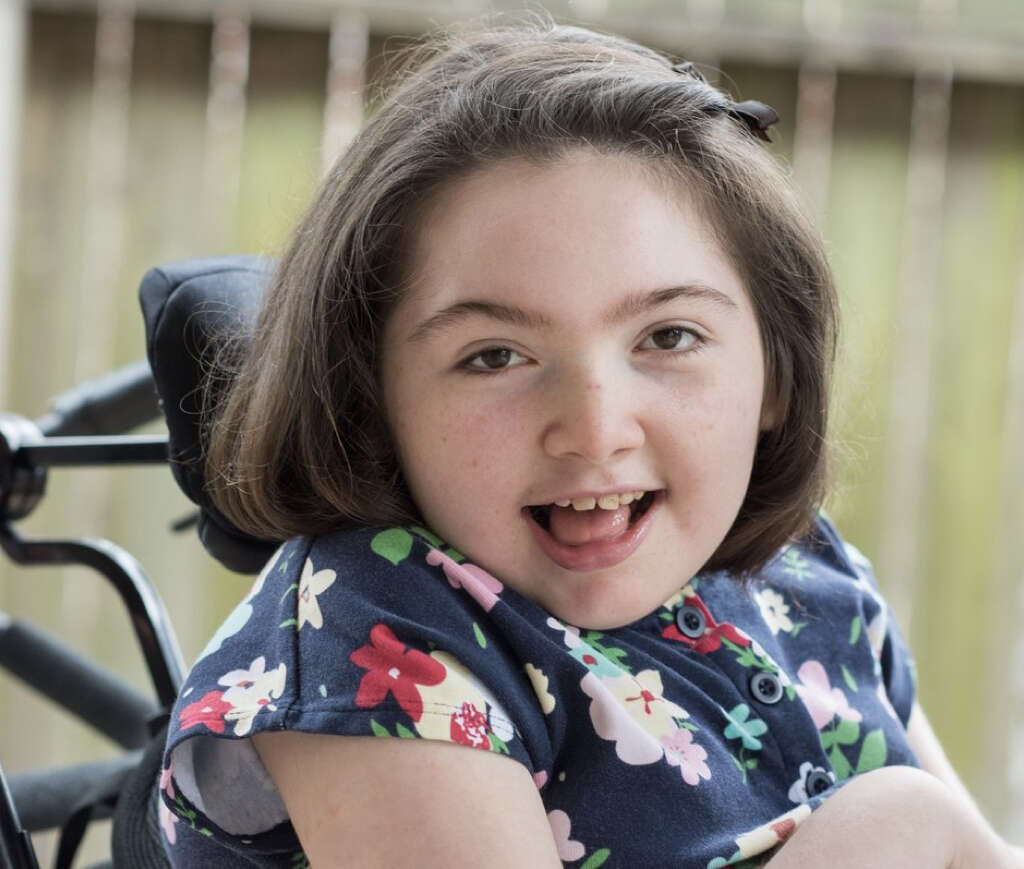
6. Stage 3
Stage 3 is also known as the plateau stage and it usually starts when the patient is between 2 and 10 years old. This stage can last for years. During this stage, the patient is likely to see some improvement in their condition, particularly when it comes to behaviour.
The patient may be able to communicate better with other people, and they may become less irritable and cry less often. However, there is less likely to be any improvement in their ability to move. The patient may also begin to suffer from seizures at this stage, although these seizures are unlikely to happen before the patient is 2 years old.

7. Stage 4
Stage 4 is also known as the late motor deterioration stage. It usually happens after the patient is 10 years old. During this stage, the patient’s seizures might start occurring less frequently, if they were having seizures at all. Their communication will also likely improve a little or at least remain steady.
However, the motor deterioration stage also means that the patient is likely to undergo significant loss in their motor skills. They can become weaker and less mobile as their condition develops. Despite this, they may still find that their hand movement skills will remain stable, or perhaps even get better.

8. Symptoms
It is not usually until after 6 months that any symptoms start to show, and even then they can be barely noticeable. After around 1 year to 18 months, however, the symptoms can begin to be considerably more noticeable. The type of symptoms the patient has, and their severity, can also vary considerably in different cases. Rett syndrome will typically cause the patient to grow more slowly than they should.
Their head will also likely be smaller, as will their brain. They can begin to lose control over their movements, and muscles can become weak, and/or rigid. The patient will also lose communication skills, although these can return to a degree. Unusual eye movements are another potential symptom, as are unusual hand movements. Other symptoms include an irregular heartbeat, breathing problems, crying, and seizures.

9. Complications
In addition to the symptoms mentioned, Rett syndrome can also go on to cause complications. One of these is that the patient can have difficulty eating, and this can further add to development problems. The patient’s sleeping problems can also cause the patient, and their family, to suffer from a lack of sleep.
The patient can also suffer from behaviour that makes it difficult for them to function in social settings. Problems with bones, joints, and muscle are another potential problem. Bone fractures and some other issues can also cause pain for the patient. They will also likely have a shorter than usual life span, and they will also need to be cared for throughout their life.
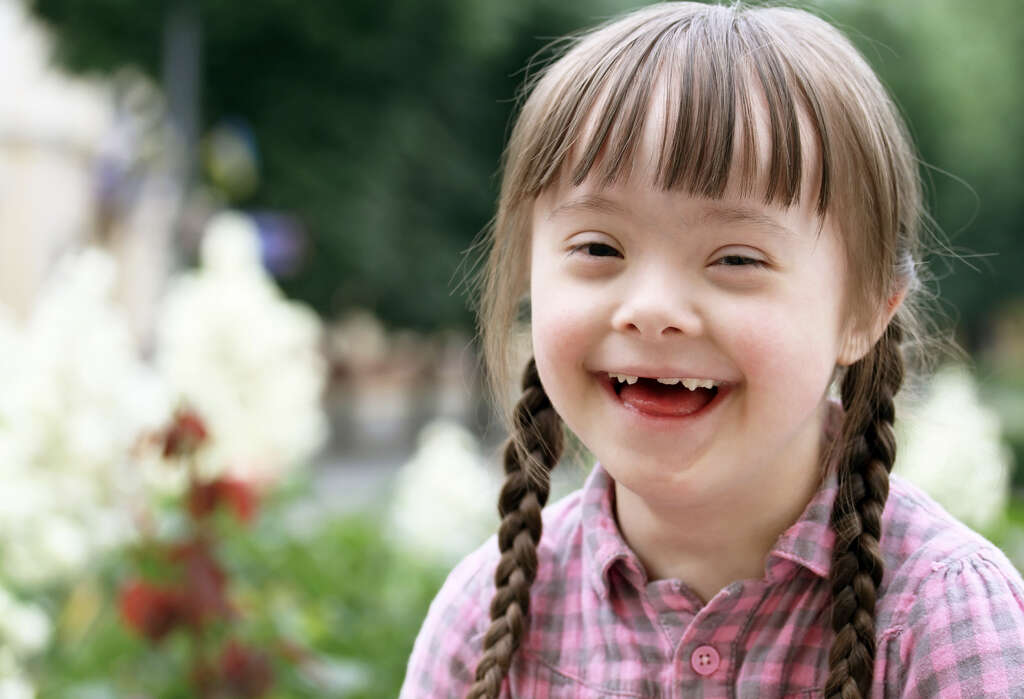
10. Treatment
There is no known cure for Rett syndrome, but treatment is available that can help to improve the patient’s quality of life. This includes physical therapy that will help the patient to maintain skills such as sitting and walking as much as possible. Occupational therapy can also help the patient to learn to do more for themselves, such as feeding and dressing themselves.
Medication is also available that will help to treat symptoms like difficulty sleeping and breathing, as well as stiff muscles, and seizures. Speech therapy can also be very helpful, while therapists can also help to improve the patient’s behavioural symptoms.









